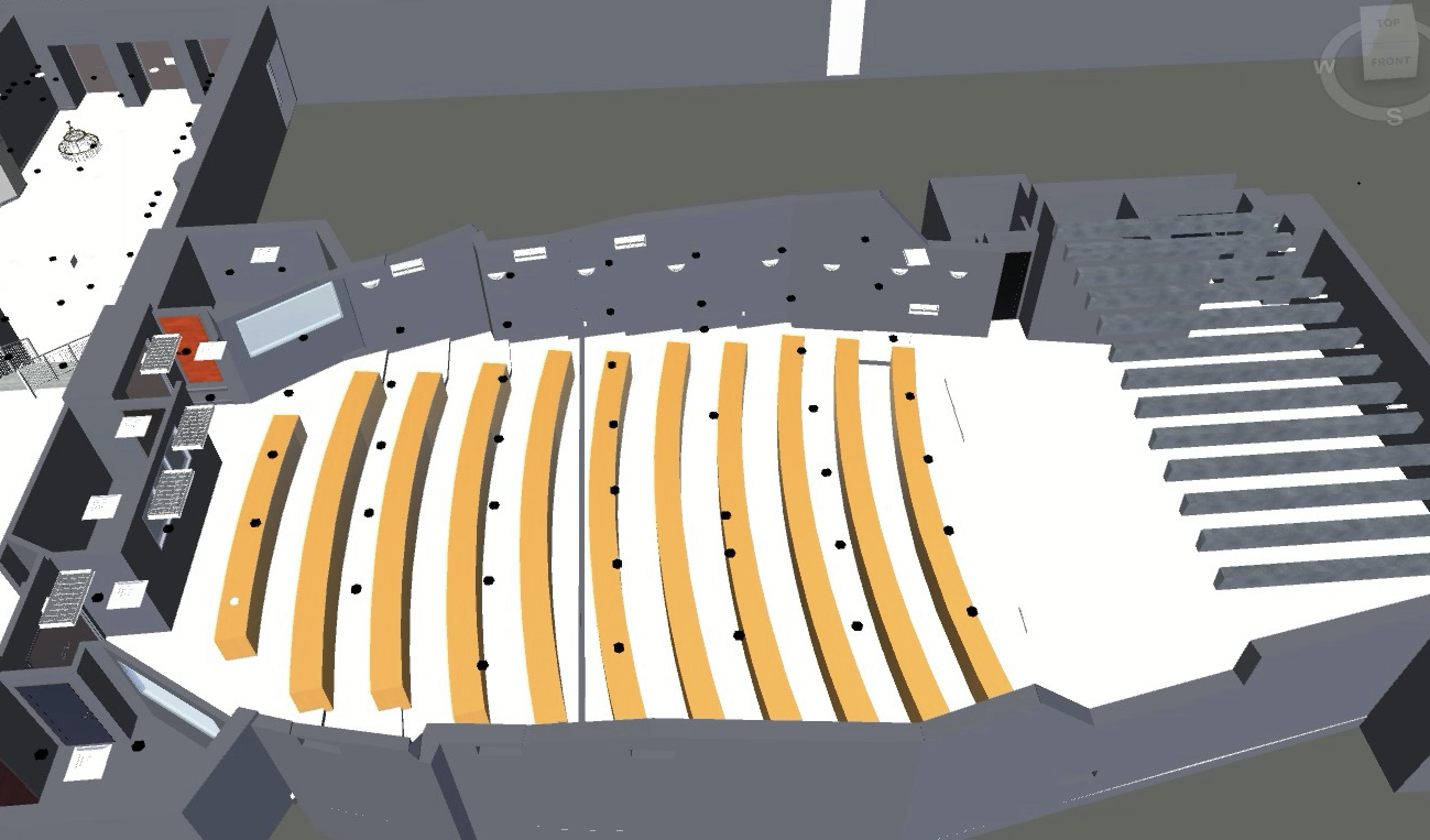BIM Coordination and Modeling
Marriott Hotel in Marco Island, Fl
BIM COORDINATION AT THE MARRIOTT HOTEL
OVERVIEW: HOTEL CONSTRUCTION
The Marriott Hotel project in Marco Island, Florida, represented a significant undertaking in the realm of digital building services. Engaged as the BIM Coordinator, the project aimed to streamline the construction process through the effective use of Building Information Modeling (BIM). This case study delves into the intricacies of the project, the process adopted, and the results achieved.


OUR PROCESS: BIM COORDINATION AND MODELING
Initial Consultation and Planning: Collaborating with key stakeholders, including Marriott Hotel, HKS (Architect), and Austin Commercial (General Contractor), to establish project goals and BIM requirements.
BIM Strategy Development: Crafting a detailed BIM strategy that aligns with the project’s objectives. This included the selection of appropriate software tools, data management protocols, and collaboration frameworks.
Implementation and Coordination: Leading the BIM process alongside Austin Commercial and Turnkey Intl. This involved the integration of various digital models from different teams, ensuring accuracy and consistency in the shared construction model.
Ongoing Management and Adjustment: Regularly reviewing the BIM model for updates and changes, facilitating smooth communication between all parties, and making necessary adjustments to the model and strategy as the project progressed.

CHALLENGES
The involvement of multiple stakeholders (Marriott Hotel, HKS, Austin Commercial, Turnkey Intl) demanded meticulous coordination. Ensuring that all parties were aligned and that their inputs were integrated seamlessly into the BIM model was a significant challenge.

BENEFITS
BIM coordination helped in preempting construction issues, allowing for faster resolution and reducing time delays. This efficiency led to a more streamlined construction process.

PROJECT RESULTS
While the BIM coordination process for the Marriott Hotel project in Marco Island presented several challenges, particularly in terms of coordination, data management, and technology, the benefits in terms of efficiency, collaboration, cost savings, quality control, and client satisfaction highlighted its effectiveness and value in modern construction projects.
This case study exemplifies the effective use of BIM coordination in large-scale hotel construction, demonstrating its potential to enhance efficiency, accuracy, and collaboration in the building process.
